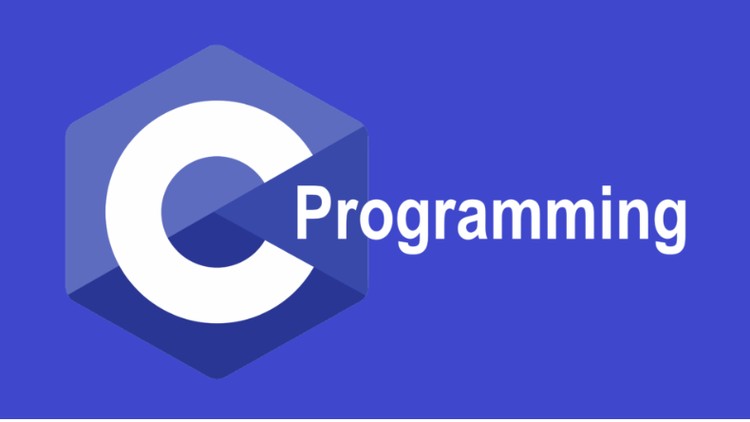(C Programming Tutorials)
C structs and Pointers
In this tutorial, you’ll learn to use pointers to access members of structs in C programming. You will also learn to dynamically allocate memory of struct types.
- C Pointers
- C struct
C Pointers to struct
Here’s how you can create pointers to structs.
struct name {
member1;
member2;
.
.
};
int main(){
struct name *ptr, Harry;
}Here, ptr is a pointer to struct.
Example: Access members using Pointer
To access members of a structure using pointers, we use the -> operator.
#include <stdio.h>
struct person
{
int age;
float weight;
};
int main(){
struct person *personPtr, person1;
personPtr = &person1;
printf("Enter age: ");
scanf("%d", &personPtr->age);
printf("Enter weight: ");
scanf("%f", &personPtr->weight);
printf("Displaying:n");
printf("Age: %dn", personPtr->age);
printf("weight: %f", personPtr->weight);
return 0;
}In this example, the address of person1 is stored in the personPtr pointer using personPtr = &person1;.
Now, you can access the members of person1 using the personPtr pointer.
By the way,
personPtr->ageis equivalent to(*personPtr).agepersonPtr->weightis equivalent to(*personPtr).weight
Dynamic memory allocation of structs
Before you proceed this section, we recommend you to check C dynamic memory allocation.
Sometimes, the number of struct variables you declared may be insufficient. You may need to allocate memory during run-time. Here’s how you can achieve this in C programming.
Example: Dynamic memory allocation of structs
#include <stdio.h>
#include <stdlib.h>
struct person {
int age;
float weight;
char name[30];
};
int main(){
struct person *ptr;
int i, n;
printf("Enter the number of persons: ");
scanf("%d", &n);
// allocating memory for n numbers of struct person
ptr = (struct person*) malloc(n * sizeof(struct person));
for(i = 0; i < n; ++i)
{
printf("Enter first name and age respectively: ");
// To access members of 1st struct person,
// ptr->name and ptr->age is used
// To access members of 2nd struct person,
// (ptr+1)->name and (ptr+1)->age is used
scanf("%s %d", (ptr+i)->name, &(ptr+i)->age);
}
printf("Displaying Information:n");
for(i = 0; i < n; ++i)
printf("Name: %stAge: %dn", (ptr+i)->name, (ptr+i)->age);
return 0;
}
When you run the program, the output will be:
Enter the number of persons: 2 Enter first name and age respectively: Harry 24 Enter first name and age respectively: Gary 32 Displaying Information: Name: Harry Age: 24 Name: Gary Age: 32
In the above example, n number of struct variables are created where n is entered by the user.
To allocate the memory for n number of struct person, we used,
ptr = (struct person*) malloc(n * sizeof(struct person));Then, we used the ptr pointer to access elements of person.
Disclaimer: The information and code presented within this recipe/tutorial is only for educational and coaching purposes for beginners and developers. Anyone can practice and apply the recipe/tutorial presented here, but the reader is taking full responsibility for his/her actions. The author (content curator) of this recipe (code / program) has made every effort to ensure the accuracy of the information was correct at time of publication. The author (content curator) does not assume and hereby disclaims any liability to any party for any loss, damage, or disruption caused by errors or omissions, whether such errors or omissions result from accident, negligence, or any other cause. The information presented here could also be found in public knowledge domains.
Learn by Coding: v-Tutorials on Applied Machine Learning and Data Science for Beginners
Latest end-to-end Learn by Coding Projects (Jupyter Notebooks) in Python and R:
All Notebooks in One Bundle: Data Science Recipes and Examples in Python & R.
End-to-End Python Machine Learning Recipes & Examples.
End-to-End R Machine Learning Recipes & Examples.
Applied Statistics with R for Beginners and Business Professionals
Data Science and Machine Learning Projects in Python: Tabular Data Analytics
Data Science and Machine Learning Projects in R: Tabular Data Analytics
Python Machine Learning & Data Science Recipes: Learn by Coding
R Machine Learning & Data Science Recipes: Learn by Coding
Comparing Different Machine Learning Algorithms in Python for Classification (FREE)
There are 2000+ End-to-End Python & R Notebooks are available to build Professional Portfolio as a Data Scientist and/or Machine Learning Specialist. All Notebooks are only $29.95. We would like to request you to have a look at the website for FREE the end-to-end notebooks, and then decide whether you would like to purchase or not.
C programming tutorials for Beginners – C Structure and Function
C Example for Beginners: C Program to Find Largest Number Using Dynamic Memory Allocation
